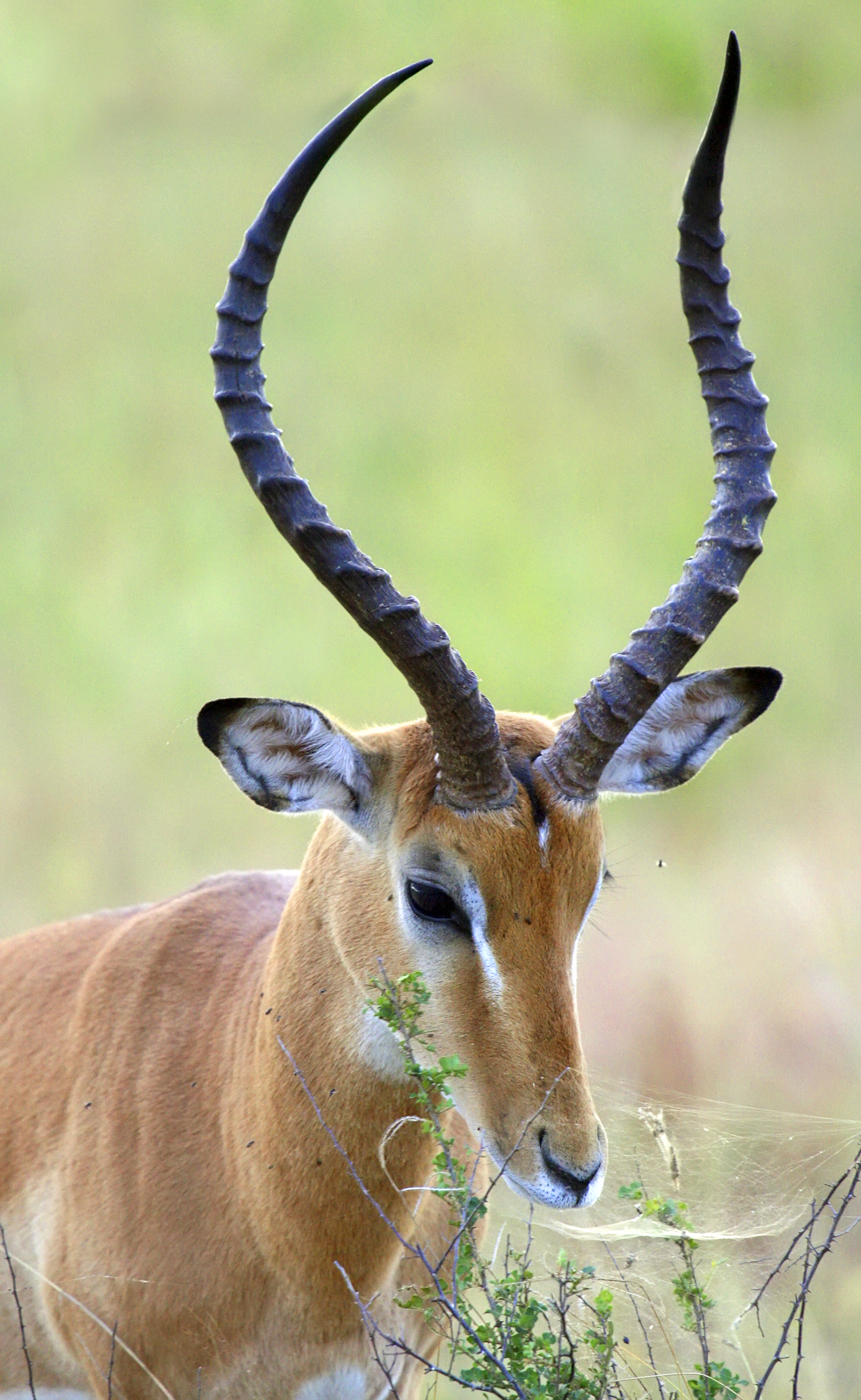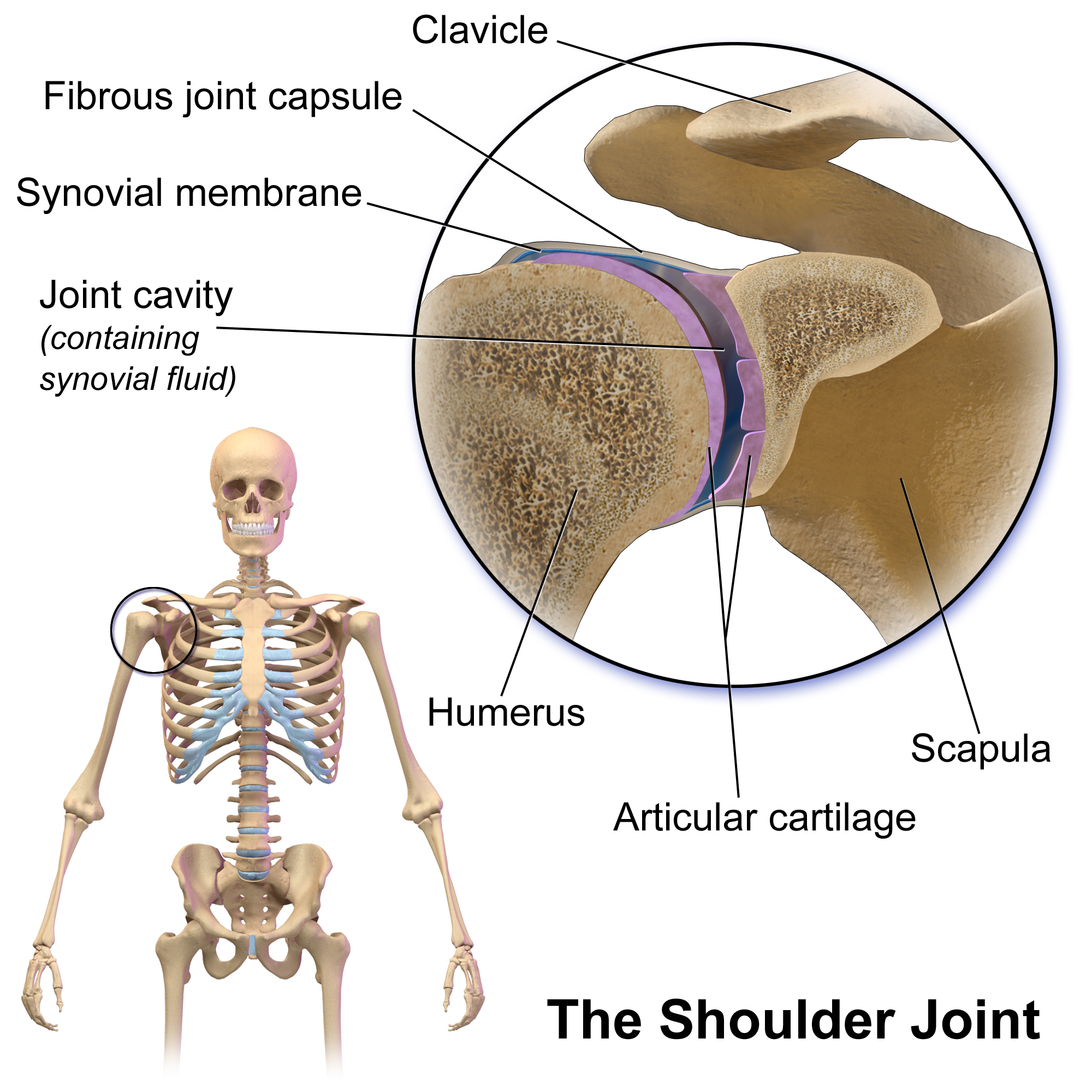|
Adinotherium Ovinum
''Adinotherium'' (meaning "not terrible beast")Palmer (1904) p. 80. is an extinct genus of Toxodontidae, large bodied hoofed ungulates which inhabited South America during the Middle to Late Miocene, from 17.5 to 6.8 Ma and existed for approximately , Santacrucian to Huayquerian in the South American land mammal ages (SALMA). Fossils of ''Adinotherium'' have been found in the Santa Cruz and Ituzaingó Formations of Argentina and the Chucal and Río Frías Formations of Chile.''Adinotherium'' at .org Description [...More Info...] [...Related Items...] OR: [Wikipedia] [Google] [Baidu] |
Miocene
The Miocene ( ) is the first geological epoch of the Neogene Period and extends from about (Ma). The Miocene was named by Scottish geologist Charles Lyell; the name comes from the Greek words (', "less") and (', "new") and means "less recent" because it has 18% fewer modern marine invertebrates than the Pliocene has. The Miocene is preceded by the Oligocene and is followed by the Pliocene. As Earth went from the Oligocene through the Miocene and into the Pliocene, the climate slowly cooled towards a series of ice ages. The Miocene boundaries are not marked by a single distinct global event but consist rather of regionally defined boundaries between the warmer Oligocene and the cooler Pliocene Epoch. During the Early Miocene, the Arabian Peninsula collided with Eurasia, severing the connection between the Mediterranean and Indian Ocean, and allowing a faunal interchange to occur between Eurasia and Africa, including the dispersal of proboscideans into Eurasia. During the la ... [...More Info...] [...Related Items...] OR: [Wikipedia] [Google] [Baidu] |
Fossilworks
Fossilworks is a portal which provides query, download, and analysis tools to facilitate access to the Paleobiology Database, a large relational database assembled by hundreds of paleontologists from around the world. History Fossilworks was created in 1998 by John Alroy and is housed at Macquarie University. It includes many analysis and data visualization tools formerly included in the Paleobiology Database.{{cite web, title=Frequently asked questions, url=http://www.fossilworks.org/cgi-bin/bridge.pl?page=FAQ, publisher=Fossilworks, access-date=17 December 2021 References {{Reflist External links {{Wikidata property, P842 * [Baidu] |
Colloncuran
The Colloncuran ( es, Colloncurense) age is a period of geologic time (15.5–13.8 Ma) within the Middle Miocene epoch of the Neogene, used more specifically within the SALMA classification in South America. It follows the Friasian and precedes the Laventan age. Etymology The age is named after the Collón Curá Formation in the Cañadón Asfalto and Neuquén Basins of northern Patagonia, Argentina Argentina (), officially the Argentine Republic ( es, link=no, República Argentina), is a country in the southern half of South America. Argentina covers an area of , making it the second-largest country in South America after Brazil, t .... Formations Fossils References Bibliography ;Collón Curá Formation * * * * * * * * * * * * * * * * * * * * * * * * * * * ;Castilletes Formation * * * * * * * * ;Cura-Mallín Group * * * ;Gran Bajo del Gualicho Formation * ;Nazareno Formation * * * * ;Pebas Formati ... [...More Info...] [...Related Items...] OR: [Wikipedia] [Google] [Baidu] |
Laventan
The Laventan ( es, Laventense) age is a period of geologic time (13.8 to 11.8 Ma) within the Middle Miocene epoch of the Neogene, used more specifically within the SALMA classification in South America. It follows the Colloncuran and precedes the Mayoan age.Madden et al., 1997 Etymology The age is named after the Miocene Lagerstätte La Venta, where a rich biodiversity from the Middle Miocene has been recovered from the Honda Group. Formations Fossil content Correlations The Laventan (13.8 to 11.8 Ma) correlates with: * NALMA ** latest Barstovian (15.97-13.65 Ma)Barstovian at .org ** early [...More Info...] [...Related Items...] OR: [Wikipedia] [Google] [Baidu] |
Mayoan
The Mayoan ( es, Mayoense) age is a period of geologic time from 11.8 to 10 Ma, within the Middle to Late Miocene epoch of the Neogene, used more specifically within the SALMA classification in South America. It follows the Laventan and precedes the Chasicoan age. Etymology The age is named after the Río Mayo Formation in the Golfo San Jorge Basin of Patagonia Patagonia () refers to a geographical region that encompasses the southern end of South America, governed by Argentina and Chile. The region comprises the southern section of the Andes Mountains with lakes, fjords, temperate rainforests, and ..., Argentina. Formations Fossil content References Bibliography ;Río Mayo Formation * ;Coquimbo Formation * ;Gran Bajo del Gualicho Formation * ;Huaylas Formation * * ;Mauri Formation * ;Navidad Formation * ;Paraná Formation * * ;Pebas Formation * * ;Pisco Formation * * * * * * * * * * * * * * ;Puerto Madryn Formation * * ... [...More Info...] [...Related Items...] OR: [Wikipedia] [Google] [Baidu] |
Chasicoan
The Chasicoan ( es, Chasiquense or es, Chasicoense) age is a period of geologic time from 10–9 Ma within the Late Miocene epoch of the Neogene, used more specifically within the SALMA classification in South America. It follows the Mayoan and precedes the Huayquerian age. at .org Etymology The Chasicoan is named after theArroyo Chasicó Formation
Arroyo often refers to:
* Arroyo (creek), an intermittently dry creek
Arroyo may also refer to:
People
* Arroyo (surname)
Places United St ...
[...More Info...] [...Related Items...] OR: [Wikipedia] [Google] [Baidu] |
Miocene Mammals Of South America
The Miocene ( ) is the first geological epoch of the Neogene Period and extends from about (Ma). The Miocene was named by Scottish geologist Charles Lyell; the name comes from the Greek words (', "less") and (', "new") and means "less recent" because it has 18% fewer modern marine invertebrates than the Pliocene has. The Miocene is preceded by the Oligocene and is followed by the Pliocene. As Earth went from the Oligocene through the Miocene and into the Pliocene, the climate slowly cooled towards a series of ice ages. The Miocene boundaries are not marked by a single distinct global event but consist rather of regionally defined boundaries between the warmer Oligocene and the cooler Pliocene Epoch. During the Early Miocene, the Arabian Peninsula collided with Eurasia, severing the connection between the Mediterranean and Indian Ocean, and allowing a faunal interchange to occur between Eurasia and Africa, including the dispersal of proboscideans into Eurasia. During the late ... [...More Info...] [...Related Items...] OR: [Wikipedia] [Google] [Baidu] |
Toxodonts
Toxodontia. Retrieved April 2013. is a suborder of the meridiungulate order Notoungulata. Most of the members of the five included families, including the largest notoungulates, share several dental, auditory and tarsal specializations. The group is named after ''Toxodon'', the first example of the group to be discovered by science. Description Isotemnidae, the oldest and most primitive family of toxodonts, were generally large animals with larger canines than other early notoungulates. The family is probably paraphyletic or polyphyletic since only primitive dental features unite the 12 included genera, such as a complete dentition with unreduced canines and no diastemata in the earliest genera. Likewise, they are only weakly linked to other toxodonts by a few dental features, and their primitive cheek tooth pattern can be basal to all notoungulates except notioprogonians. The oldest of the 12 genera in this family is '' Isotemnus'' known from the Riochican- Casamayoran, b ... [...More Info...] [...Related Items...] OR: [Wikipedia] [Google] [Baidu] |
Theodore Sherman Palmer
Theodore Sherman Palmer (January 26, 1868 – July 24, 1955) was an American zoologist. Palmer was born in Oakland, California, and studied at the University of California. He was the son of Henry Austin and Jane Olivia (Day) Palmer, and his mother was the daughter of Sherman Day, granddaughter of Yale President Jeremiah Day, and the great-granddaughter of American founding father Roger Sherman, meaning that Palmer was Sherman's great-great grandson. In 1889, he joined the Division of Economic Ornithology and Mammalogy of the United States Department of Agriculture under Clinton Hart Merriam. In 1891 he was a member of the 1891 Death Valley Expedition and its leader for its first 3 months. He was Assistant Chief of the Department from 1896 to 1902, and then from 1910 to 1914. He became interested in the legislation affecting wildlife, leading a branch of the organization to deal with it from 1902 to 1910 and from 1914 to 1916. He wrote the preliminary draft of the treaty for ... [...More Info...] [...Related Items...] OR: [Wikipedia] [Google] [Baidu] |
Skull
The skull is a bone protective cavity for the brain. The skull is composed of four types of bone i.e., cranial bones, facial bones, ear ossicles and hyoid bone. However two parts are more prominent: the cranium and the mandible. In humans, these two parts are the neurocranium and the viscerocranium ( facial skeleton) that includes the mandible as its largest bone. The skull forms the anterior-most portion of the skeleton and is a product of cephalisation—housing the brain, and several sensory structures such as the eyes, ears, nose, and mouth. In humans these sensory structures are part of the facial skeleton. Functions of the skull include protection of the brain, fixing the distance between the eyes to allow stereoscopic vision, and fixing the position of the ears to enable sound localisation of the direction and distance of sounds. In some animals, such as horned ungulates (mammals with hooves), the skull also has a defensive function by providing the mount (on the ... [...More Info...] [...Related Items...] OR: [Wikipedia] [Google] [Baidu] |
Horn (anatomy)
A horn is a permanent pointed projection on the head of various animals that consists of a covering of keratin and other proteins surrounding a core of live bone. Horns are distinct from antlers, which are not permanent. In mammals, true horns are found mainly among the ruminant artiodactyls, in the families Antilocapridae ( pronghorn) and Bovidae ( cattle, goats, antelope etc.). Cattle horns arise from subcutaneous connective tissue (under the scalp) and later fuse to the underlying frontal bone. One pair of horns is usual; however, two or more pairs occur in a few wild species and in some domesticated breeds of sheep. Polycerate (multi-horned) sheep breeds include the Hebridean, Icelandic, Jacob, Manx Loaghtan, and the Navajo-Churro. Horns usually have a curved or spiral shape, often with ridges or fluting. In many species, only males have horns. Horns start to grow soon after birth and continue to grow throughout the life of the animal (except in pronghorns, whic ... [...More Info...] [...Related Items...] OR: [Wikipedia] [Google] [Baidu] |
Shoulder
The human shoulder is made up of three bones: the clavicle (collarbone), the scapula (shoulder blade), and the humerus (upper arm bone) as well as associated muscles, ligaments and tendons. The articulations between the bones of the shoulder make up the shoulder joints. The shoulder joint, also known as the glenohumeral joint, is the major joint of the shoulder, but can more broadly include the acromioclavicular joint. In human anatomy, the shoulder joint comprises the part of the body where the humerus attaches to the scapula, and the head sits in the glenoid cavity. The shoulder is the group of structures in the region of the joint. The shoulder joint is the main joint of the shoulder. It is a ball and socket joint that allows the arm to rotate in a circular fashion or to hinge out and up away from the body. The joint capsule is a soft tissue envelope that encircles the glenohumeral joint and attaches to the scapula, humerus, and head of the biceps. It is lined by a ... [...More Info...] [...Related Items...] OR: [Wikipedia] [Google] [Baidu] |






